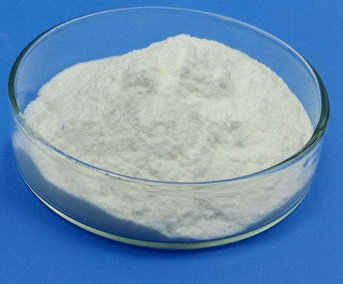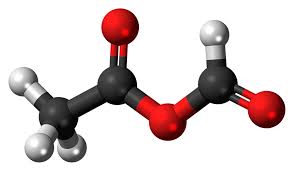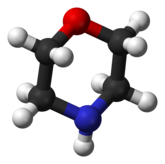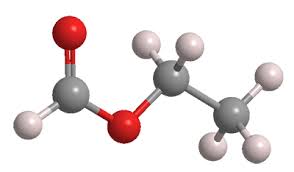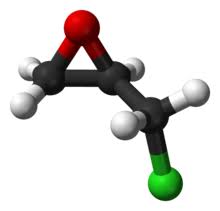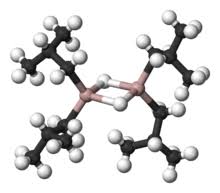The organic raw materials are petrochemicals made of petroleum and natural gas, and the industries of various organic chemical products are produced or fractionated by the raw material gas after coal gasification and the coal tar recovered by dry distillation. In China's organic chemical industry, the first acetylene route from coal-based calcium carbide, coalification to methanol, formaldehyde route and recovery of coal tar in benzene, naphthalene, anthracene and other routes and the use of grain as raw material fermentation distillation to produce alcohol routes. Organic raw materials are widely used and can be divided into three aspects: one is the raw material used to produce polymer chemical products, that is, the monomer for polymerization; the other is used in other organic chemical industries, including raw materials for fine chemical products; Used in solvents, refrigerants, antifreezes, gas adsorbents, etc. Basic organic chemicals are the basis for the development of various organic chemical products and are a major component of modern industrial structures.
PARA-AMINOBENZOIC ACID (PABA)
PABA is taken by mouth for skin conditions including vitiligo, pemphigus, dermatomyositis, morphea, lymphoblastoma cutis, Peyronie's disease, and scleroderma. PABA is also used to treat infertility in
Nov 12,2019 Organic ChemistryAnticonvulsant properties of linalool
Linalool is a component of many essential oils, including orange, lavender, rose, rosewood, and coriander. The main problem the Cosmetics Database has with linalool is the risk of skin irritation and
Nov 12,2019 Organic ChemistryIs the Palmitic Acid in Coconut Oil Unhealthy?
Palmitic acid is a saturated fat. It’s naturally found in some animal products like meat and dairy, as well as in palm and coconut oils. Because these two oils are frequently used in processed foods,
Nov 12,2019 Organic ChemistryRole of Thiourea in the Kinetic of Growth of the Chemical Bath Deposited ZnS Films
ZnS films were deposited onto glass substrates by the chemical bath technique at temperatures from 60 to 90°C. Zinc chloride, potassium hydroxide, ammonium nitrate, and thiourea were used as chemical
Nov 11,2019 Organic ChemistryVinyl Acetate Monomer (VAM) Uses
Vinyl acetate monomer (VAM) is a key intermediate used in the making of a number of polymers and resins for adhesives, coatings, paints, films, textiles and other end-products. Vinyl Acetate - VAM is
Nov 11,2019 Organic ChemistryUses and Biodegradation of Morpholine
Morpholine (1,4-tetrahydro-oxazine) is a simple heterocyclic compound that has great industrial importance and a wide range of applications.
Nov 8,2019 Organic ChemistryMethod for producing ethyl formate
Ethyl formate is an ester formed when ethanol (an alcohol) reacts with formic acid (a carboxylic acid). Ethyl formate has the characteristic smell of rum and is also partially responsible for the flav
Nov 8,2019 Organic ChemistryGeneral Properties of Epichlorohydrin
Epichlorohydrin (abbreviated ECH) is an organochlorine compound and an epoxide. It is a colorless liquid with a pungent, garlic-like odor, moderately soluble in water, but miscible with most polar org
Nov 8,2019 Organic ChemistryProduction and Applications of Furfural
Furfural is only derived from lignocellulosic biomass, i.e. its origin is non-food or non-coal/oil based. Aside from ethanol, acetic acid and sugar it is one of the oldest renewable chemicals.
Nov 7,2019 Organic ChemistryReaction of diisobutylaluminium hydride with selenium and tellurium
These reagents are prepared by the reaction between diisobutylaluminium hydride and selenium or tellurium powders. They are obtained as a mixture of (Bui 2AlE)2 and (Bui AlE)n where E is Se or Te.
Nov 7,2019 Organic Chemistry



